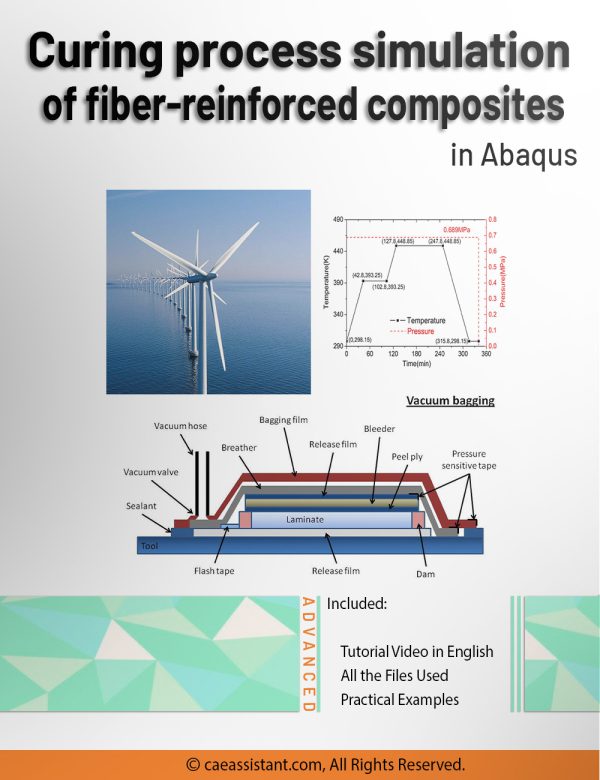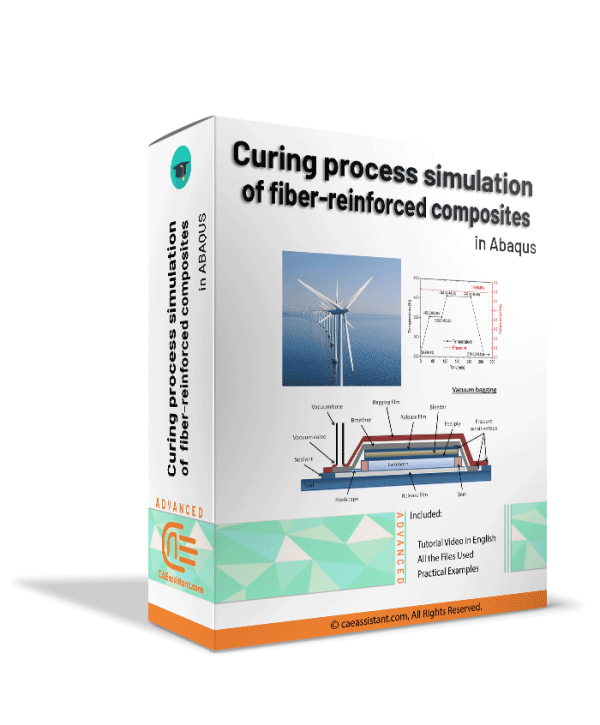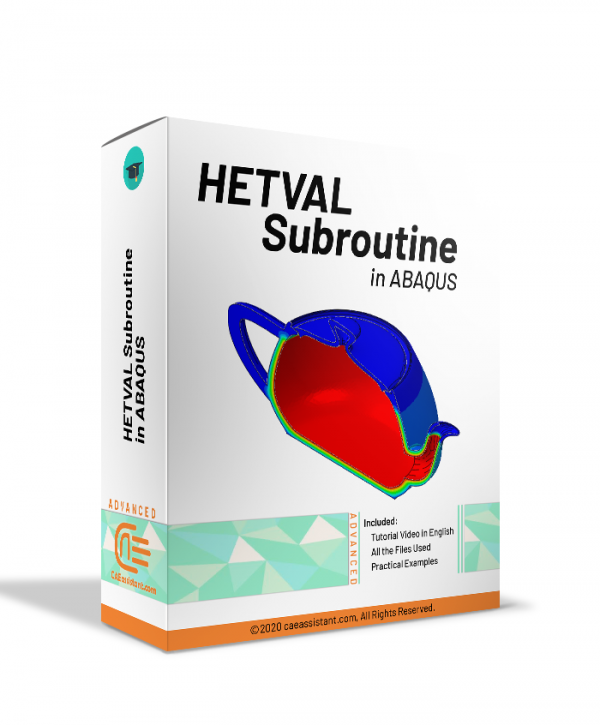HETVAL
Curing process simulation in Abaqus
Fiber-reinforced composites have found widespread use across various fields due to their remarkable properties. This necessitates a careful design of their manufacturing processes to attain industrial application quality. The critical factor influencing their quality is the curing process, wherein the resin transforms into a solid state under temperature cycles. However, the challenge lies in achieving optimal curing quality while maintaining production efficiency. To overcome this challenge, an effective approach involves utilizing numerical simulations to optimize temperature cycles during curing. Nonetheless, creating such a model is complex as it must consider multiple factors concurrently, including temperature release from chemical reactions, shrinkage strains, and stress resulting from temperature variations, topics covered in this package. The package begins with an introduction to fiber-reinforced composites, exploring their advantages, applications, and categorization. It guides you through the fabrication process, detailing curing techniques and associated challenges. Furthermore, the package introduces constitutive equations for simulating the curing process and the necessary Abaqus subroutines for implementation. Additionally, two practical workshops are included to offer experience in modeling the curing process with Abaqus. These workshops enable you to evaluate internal heat generation and analyze strain and stress distributions. They not only provide guidance on simulation and subroutine implementation but also are provided for verification purposes.
HETVAL is a user subroutine specifically developed to address the limitations of Abaqus in accurately handling volumetric heat flux resulting from internal heat generation within materials. The subroutine’s functionality depends on factors such as time, temperature, or evolving state variables, stored as solution-dependent variables. Accordingly, it can tackle scenarios involving phase changes during simulations. Moreover, the subroutine allows the integration of kinetic theory to account for phase changes associated with internal heat release, such as predicting crystallization in polymer casting processes. Such a multi-functional subroutine finds applications in heat transfer analyses, coupled thermal-electric studies, or temperature-displacement analyses. In this package, our primary goal is to provide valuable insights into the HETVAL subroutine and its diverse applications. Afterward, through a series of comprehensive workshops, we will guide participants in utilizing HETVAL under various conditions. In the final workshop, a problem will be presented, allowing you to explore a realistic example and gain hands-on experience in simulating the curing process within fiber-reinforced composites using HETVAL. Furthermore, to assist those unfamiliar with fiber-reinforced composites, we have included an introductory lesson covering their applications, significance, and an explanation of the importance of accurately simulating the curing process. By completing this package, you will have gained a comprehensive understanding of utilizing HETVAL across various conditions and scenarios. Moreover, you will have acquired the ability to simulate the heat generated during the curing process of fiber-reinforced composites, demonstrating a real-world application of HETVAL.



